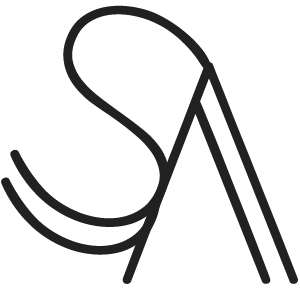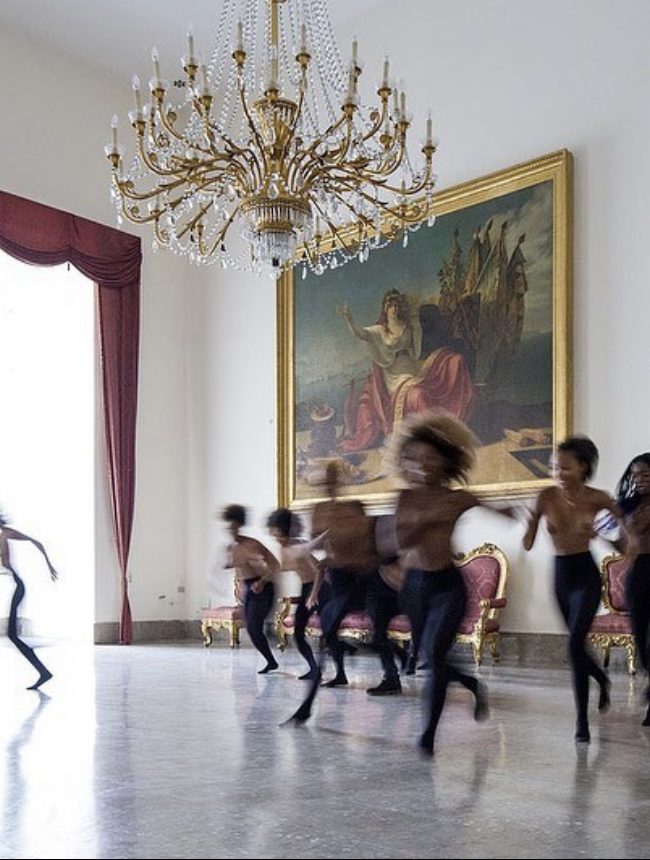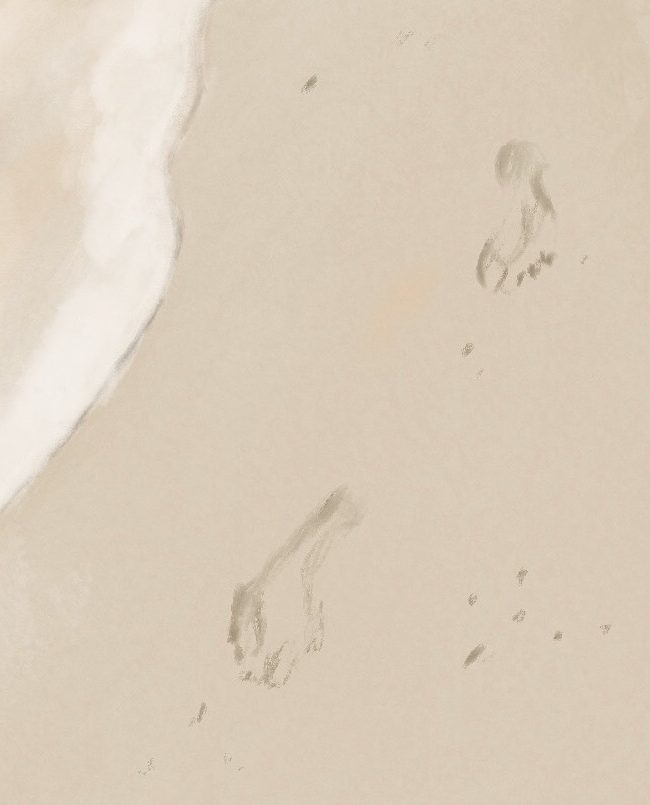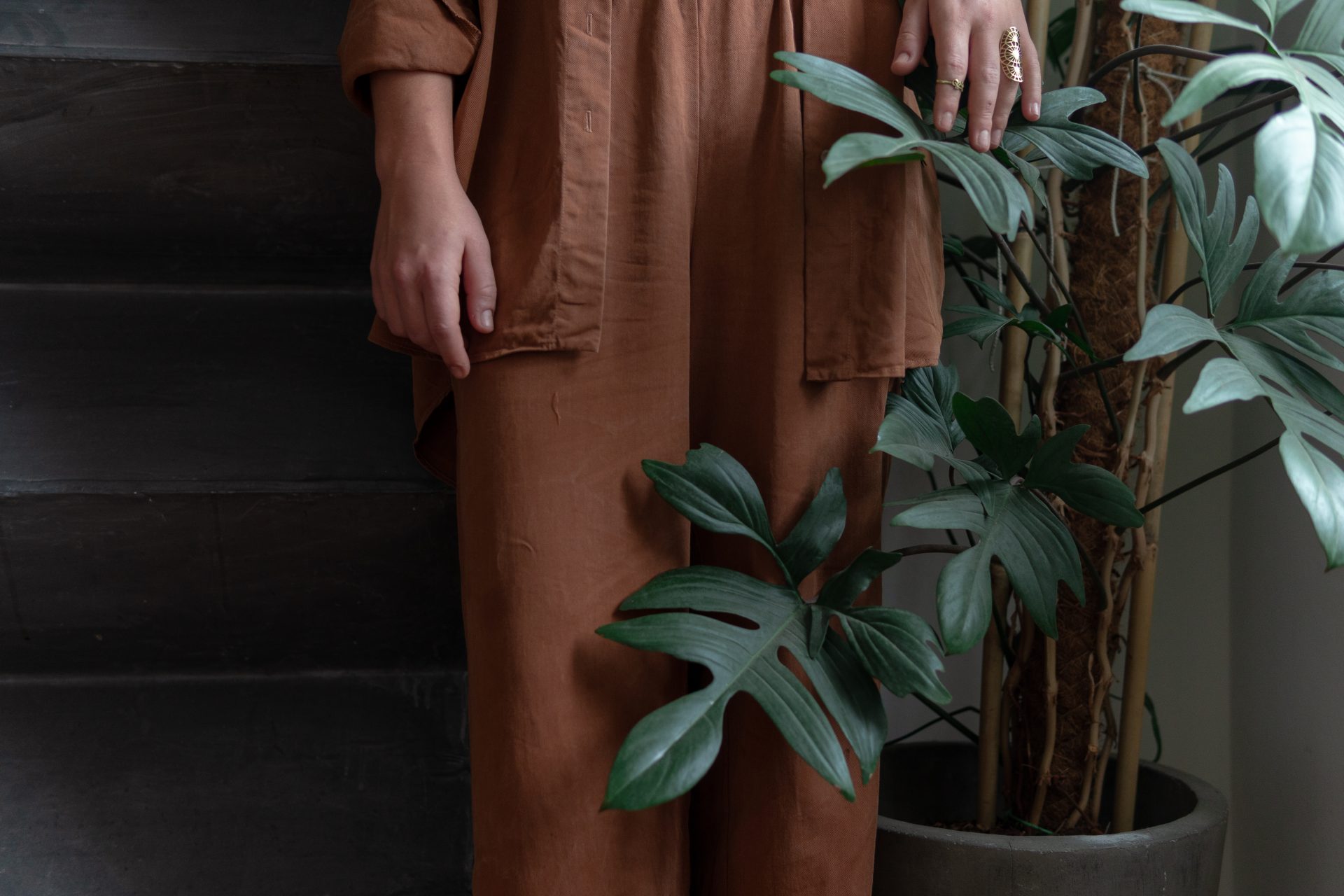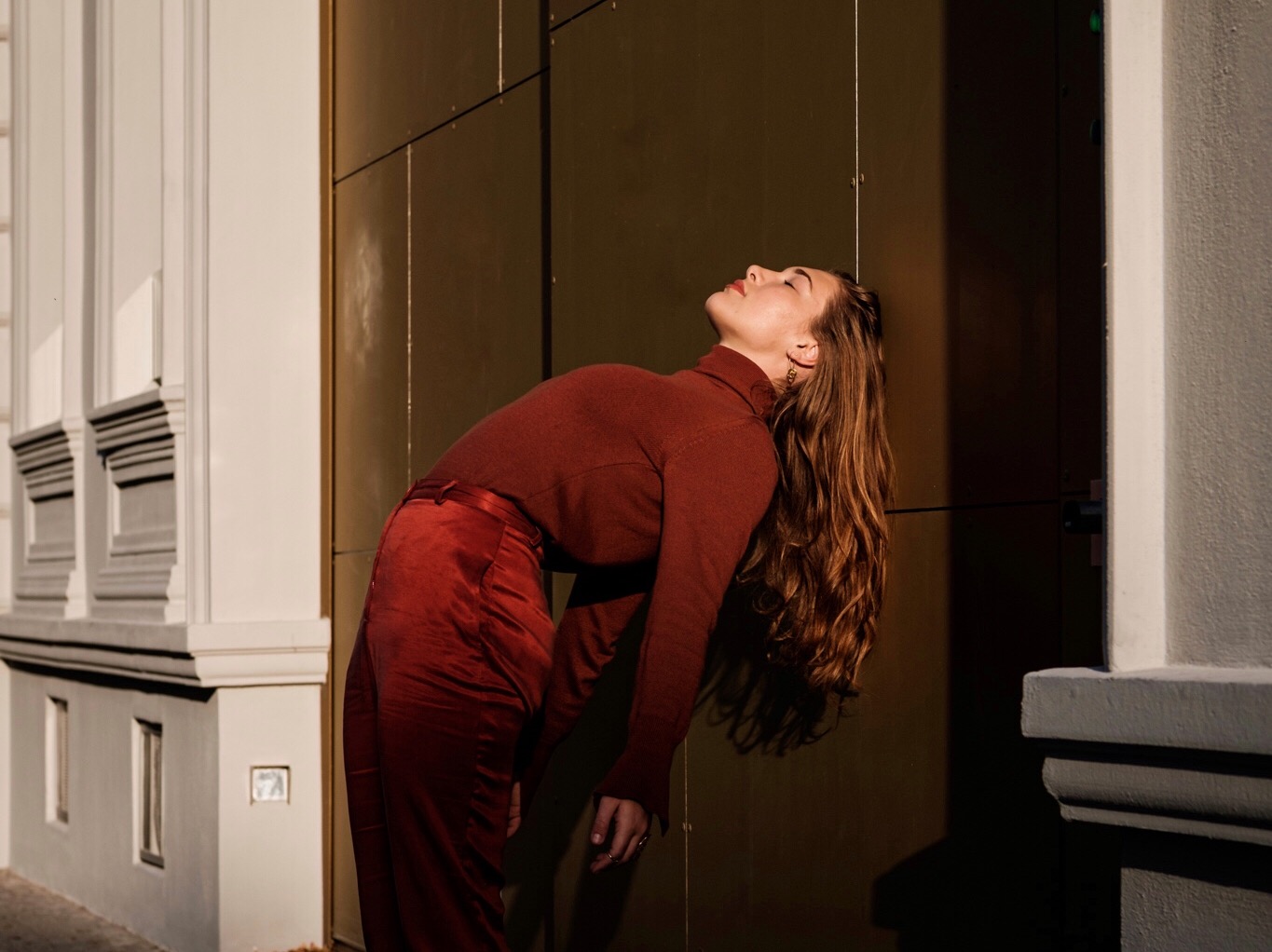
OBSOLETE TRASH – at the crosssection of art, fashion and sustainable action – a collection by Rhumaa
* Facts about maritime pollution, a collection/brand review and a discount code.
* Use STELLAMINAxRHUMAA to get 20% on the entire OBSOLETE TRASH collection
I’ve been sitting around, thinking about how to write this article for weeks now. It felt wrong to me, to publish these beautiful pictures, shot in super clean Vienna when what I really want to talk about is: TRASH. It was only today, that I understood, that’s the point of this collection, the work of Rhumaa and very often my work as well – raising awareness for important topics, by choosing aesthetics and embracement over shock and disgust.
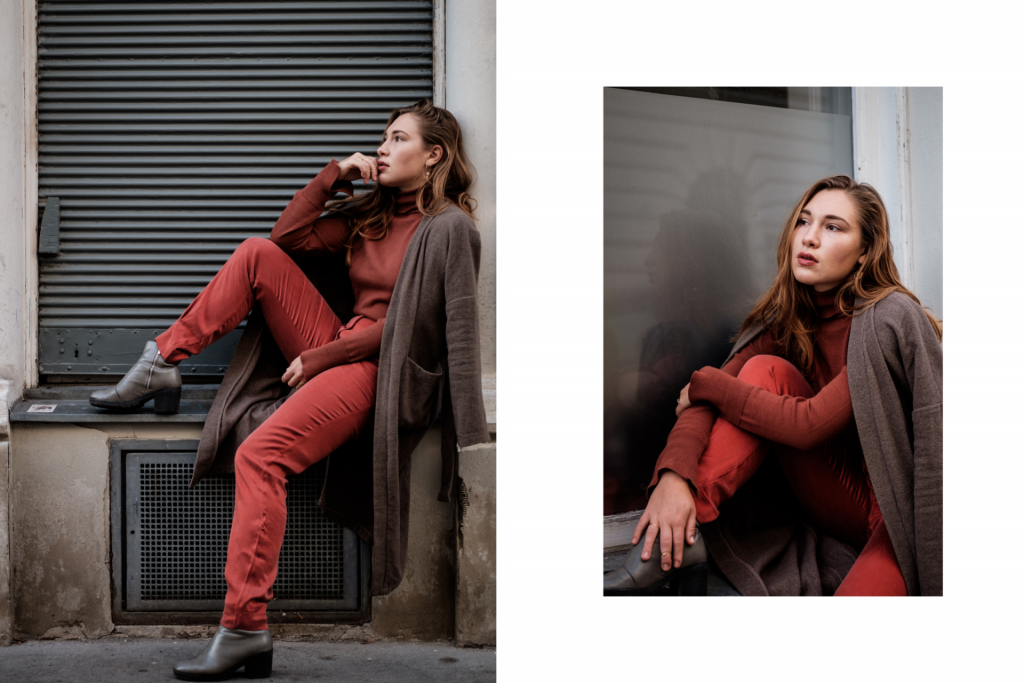
About the collection: OBSOLETE TRASH
OBSOLETE TRASH is this year’s autumn/winter collection by Rhumaa – aiming to raise awareness for our polluted waters. The prints were developed in collaboration with South African photographer Fernando Diego Badiali.
The environmental photographer follows trash along the coastal lines in South Africa and captures it in his photos to picture the plastic pollution problems he encounters every day. His photographs tell a story of pollution, neglect and social disregard.
In their collaboration, Rhumaa developed color patterns form these pictures which became the key element of the collection.
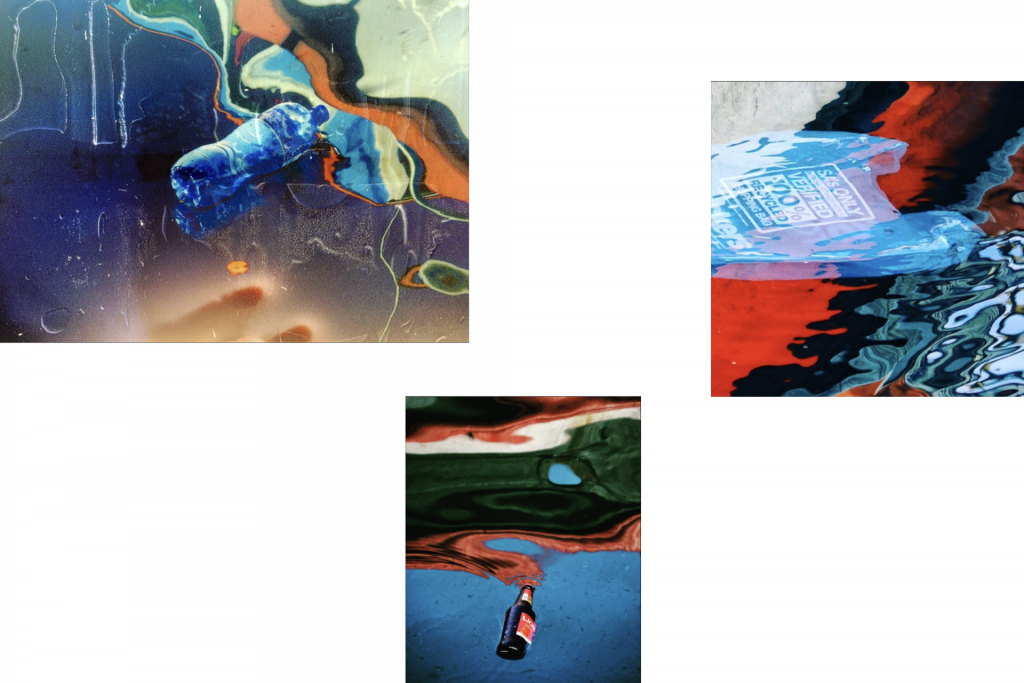
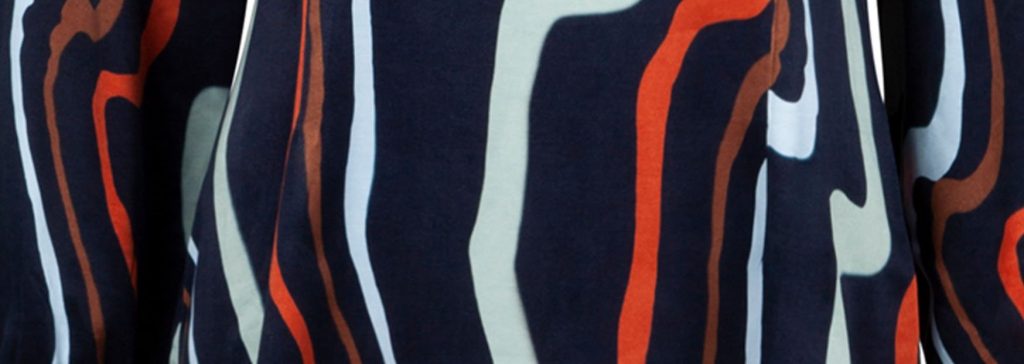
“I spend so much time shooting South Africa’s beaches and harbour areas and I’m often standing in trash while shooting a beautiful scene, that trash has now become my primary focus. … We need to build an increased awareness of the impact of waste on our environments, from the individual to the corporate. I chose to do this through my art.”
Fernando Badiali
The collection itself is full of wavy prints, flowing cuts, and colors. Being a minimalist myself, I opted for a single color set and I am in love with the look and feel of it. I have to be honest, the trousers are a special occasion pair for me, due to the shiny fabric, but the pullover became an autumny basic.
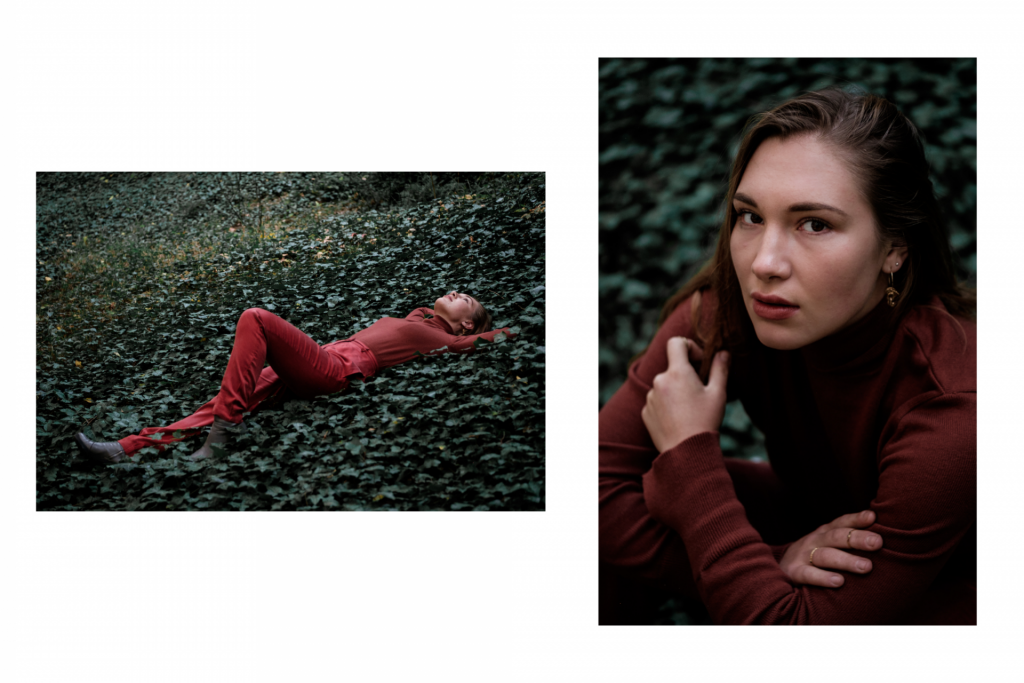
There is more to say about maritime pollution!
Maritime pollution is about more than the bottles and plastic bags you see floating on the water surface. It is about microplastics, invisible chemicals and substances and waste that sank to some of the most remote places on the earth.
Let me shoot you some facts, starting with a definition:
Marine pollution is a combination of chemicals and trash, most of which comes from land sources and is washed or blown into the ocean. We can differentiate between two types of pollution:
Chemical contamination or nutrient pollution occurs when human activities lead to the runoff of chemicals into waterways that at some point flow into the ocean.
Marine trash, on the contrary, describes all manufactured products (mostly plastic products) – that end up in the ocean. Common types of marine trash include plastic items like shopping bags and beverage bottles, along with cigarette butts, bottle caps, food wrappers, and fishing gear, the list goes on … Plastic waste is particularly problematic as a pollutant because it is so long-lasting. (Plastic items can take hundreds of years to decompose.)
All of these sorts of trash create various dangers to humans, animals and the environment in general. Fish become tangled and injured in the debris, and some animals mistake items like plastic bags for food and eat them. Small organisms feed on tiny bits of broken-down plastic, called microplastic, and absorb the chemicals from the plastic into their tissues. Microplastics are less than five millimeters (0.2 inches) in diameter. They arise not only from bigger plastic pieces breaking to smaller ones but are also a result of washing synthetic clothing in a washing machine.
Some facts that might help you visualize the problem:
- The weight of nearly 90 aircraft carries (~8 million metric tons) enter the ocean every year.
That’s the equivalent of dumping 1 garbage truck into the ocean every minute. - Around 80% of the pollution comes from the land.
- Plastic waste has been spotted even around 11km deep in the sea – meaning it contaminates some of the most remote places in the world and is very difficult to retrieve.
- Oil is the fastest source of deterioration to the ocean, being far more harmful than trash and waste. However, only a small percentage of oil (around 12%) dumped in the ocean comes as a result of actual oil spills. Most oil causing harm in the ocean is a result of drainage from the land.
- by the year 2050, it is estimated that there is more plastic in the ocean than fish (in weight)
The facts I have collected here are only are a very very condensed introduction to the issue. I could and probably will provide you with a more in-depth article at some point.
One of the biggest problems is our „out of the sight, out of the mind“ mentality. As soon as we throw something in the garbage, or anywhere else, it feels like it is gone and we do not give it’s further way any thought. That’s exactly where we need to start shifting mindsets, start to consider the after-life of every single object and stop closing our eyes!
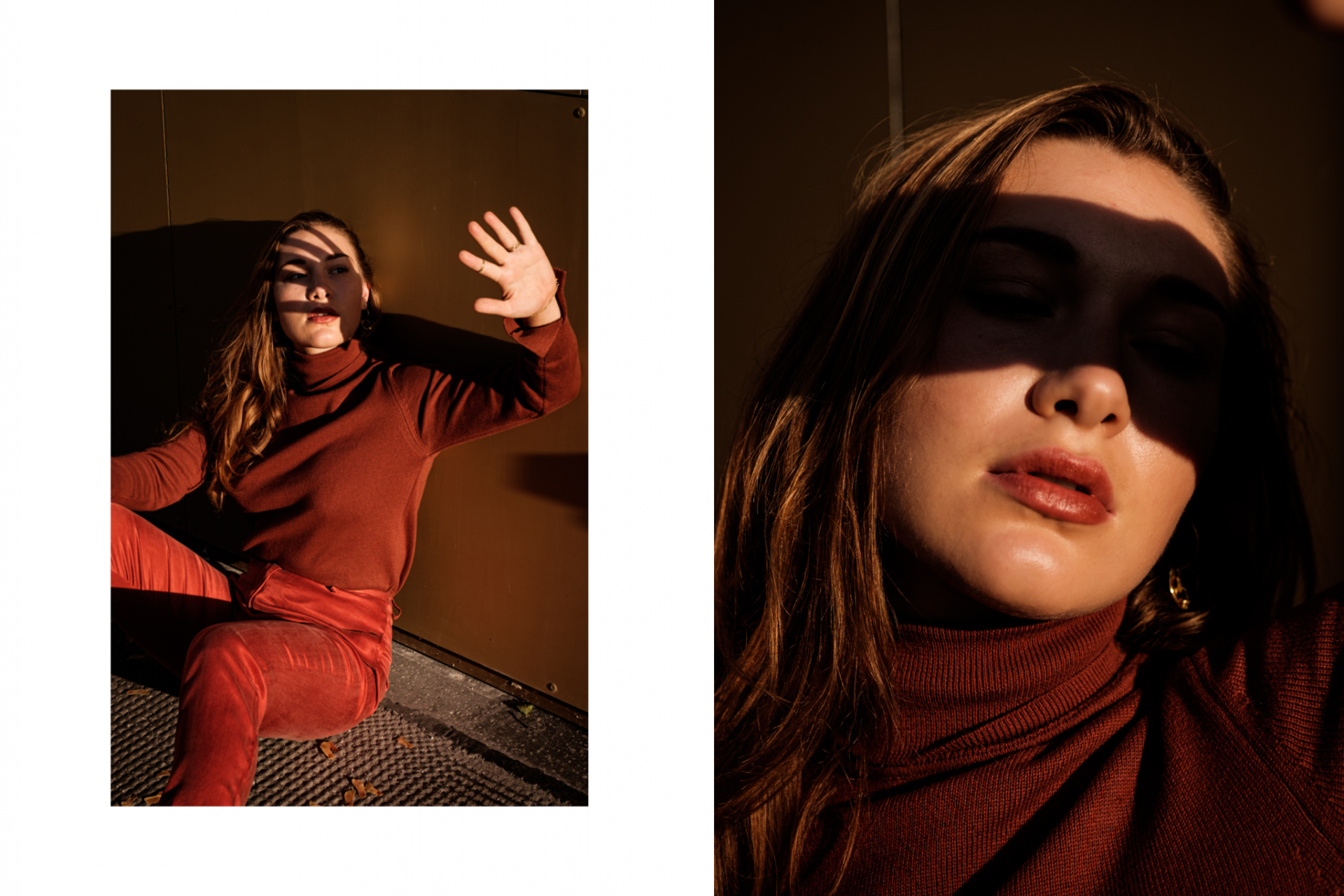
About the brand: RHUMAA
Fernando Badiali is not the first artist Rhumaa has worked with. The Dutch label has actually based its work on supporting African artists by collaborating on every collection’s prints. Each season features an African artist whos work also aims to make a difference in the world. Their goal is to „Unite art and sustainable fashion to positively impact the world around us.“ they state.
Besides the cultural impact through creating a platform for artists, Rhumaa focusses on sustainable fabrics and positive production. You can learn more about their fabrics and production here.
I met one of the founders or Rhumaa years ago at Berlin Fashion Week and already then was hooked by their aesthetics and values. You know how rarely I agree to do collaborations as I am very strict in the selection of my partners. Rhumaa approached me in a moment I was working on an art project myself and it just felt like a perfect match.
That’s why I am very thankful for this collaboration and even happier that they offer you a 20% discount code on the collection „OBSOLETE TRASH“.
Just use the code STELLAMINAxRHUMAA
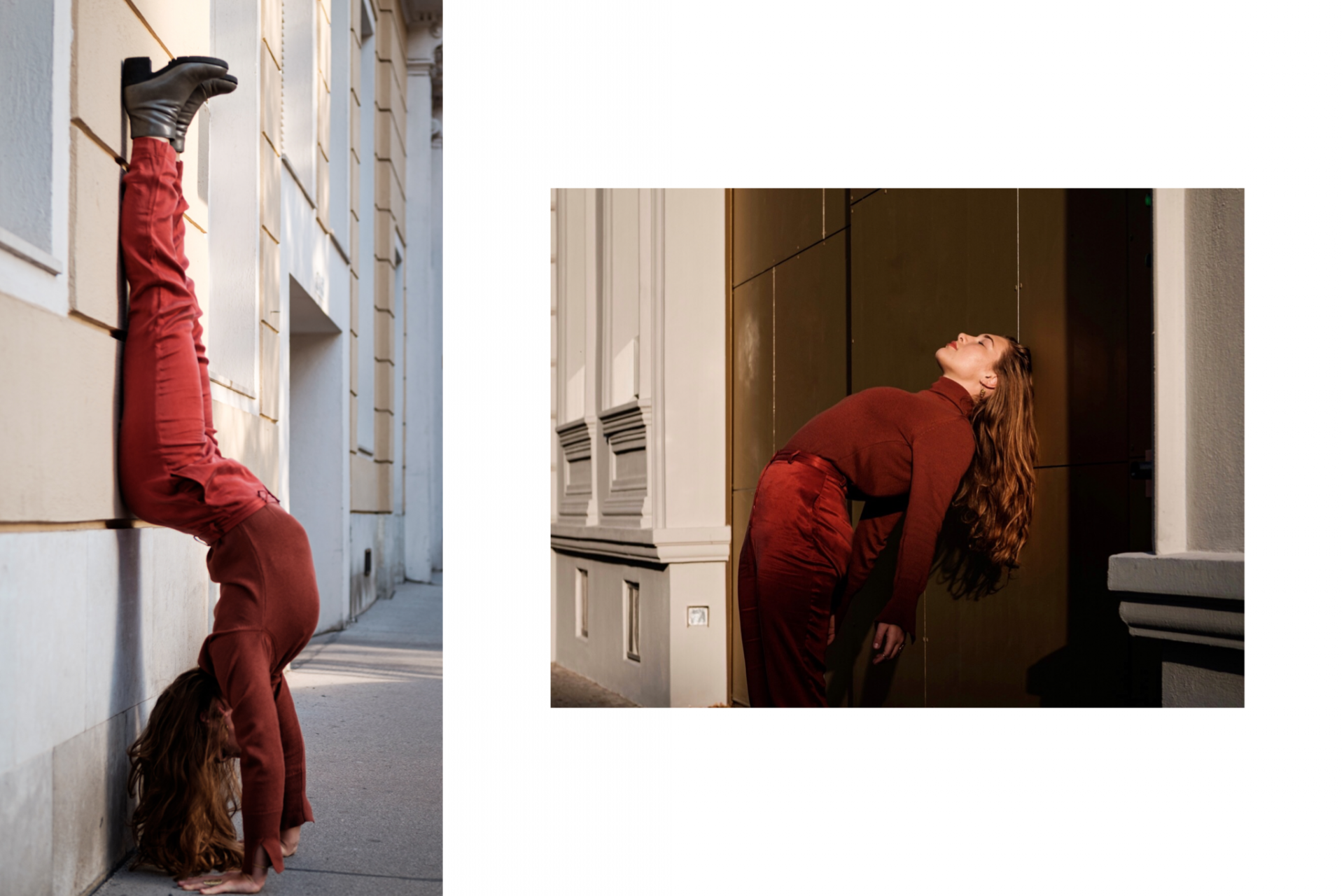
Trousers: MEANING RUST TROUSERS
Pullover: RIGHTFUL RUST PULLOVER
Portraits by Manuel Gruber: MANOLO PONTE PHOTOGRAPHY
* unpaid collaboration - PR samples are included
Ressources:
National Geographic
UNESCO
CNN
Conserce Energy Future
Rhumaa
